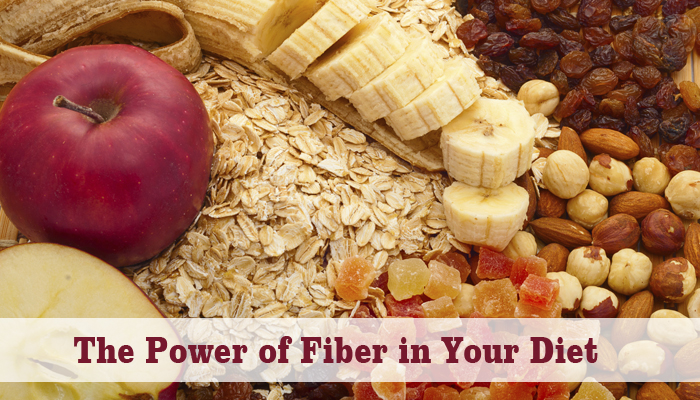Fruits and Vegetables
- Eat at least five servings of fruits and vegetables each day. Fresh fruit is slightly higher in fiber than canned. Eat the peel whenever possible — it’s easier than peeling or eating around it.
- Have fresh fruit for dessert.
- Eat whole fruits instead of drinking juices. Juices don’t have fiber.
- Add chopped, dried fruits to your cookies, muffins, pancakes or breads before baking. Dried fruits have a higher amount of fiber than the fresh version. For example, one cup of grapes has 1 gram of fiber, but one cup of raisins has 7 grams. However, one cup of raisins or any other dried fruit has more calories than the fresh fruit variety.
- Add sliced banana, peach or other fruit to your cereal.
- Grate carrots on salads.
- Keep prepared carrot and celery sticks, cucumber rounds and other fresh vegetables for a quick, high-fiber snack.
- Choose a side salad instead of fries with lunch.
- Consider alternatives for routine meals eaten out. Choose restaurants with healthier choices such as vegetable side dishes, whole grain breads, fruits and salads. Fast food should not mean high-fat and low-fiber meals.
- Try recipes that use more vegetables and fruit.
Legumes and Beans
- Add kidney beans, garbanzos or other bean varieties to your salads. Each one-half cup serving is approximately 7 to 8 grams of fiber.
- Substitute legumes for meat two to three times per week in chili and soups.
- Experiment with international dishes, such as Indian or Middle Eastern food, that use whole grains and legumes as part of the main meal or in salads.
Grains and Cereals
- Keep a jar of oat bran or wheat germ handy. Sprinkle over salad, soup, breakfast cereals and yogurt.
- Use whole-wheat flour when possible in your cooking and baking.
- Choose whole grain bread. Look on the label for breads with the highest amount of fiber per slice.
- Choose cereals with at least 5 grams of fiber per serving.
- Keep whole-wheat crackers for an easy snack.
- Cook with brown rice instead of white rice. If the switch is hard to make, start by mixing them together.
Reviewed by health care specialists at UCSF Medical Center.
Eat Right for Your Heart: https://www.ucsfhealth.org/education/eating_right_for_your_heart/
This information is for educational purposes only and is not intended to replace the advice of your doctor or health care provider. We encourage you to discuss with your doctor any questions or concerns you may have.

